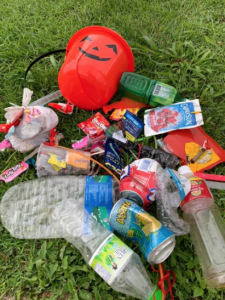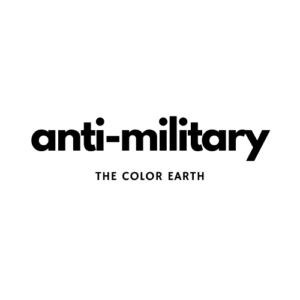
Every Halloween, my neighborhood is flooded with trick-or-treaters, and every year there seems to be more and more people trick-or-treating. This year, we went through over ten bags of candies and chips. Thinking we were prepared, schools of kids (and fun adults) nearly wiped us clean. We resorted to Twizzlers by end’s time. The following morning, I knew that I would collect more trash along my route than usual. To no surprise, I did. I found a handful of cigarettes, candies and their wrappers, cracked glow sticks, string, a broken Halloween bucket and more (Image 1). When I was completing my run, one of my neighbors had saw me collecting the trash and added a bottle to the pile. She asked me what I was doing with the trash, and I had explained to her that I would be throwing the trash into my bin. We exchanged thanks and parted.
I’ve been documenting the types and amounts of trash and recyclables I collect on my morning runs for about five months, but I wasn’t planning on sharing any of my data until I had collected a year’s worth. The morning after Halloween seemed the most befitting to share Halloween’s collection and pitch an idea to better keep the community clean for next year’s celebration. I received a lot of positive feedback and some of my neighbors picked up trash as well.
To combat littering during Halloween in my neighborhood, I plan to mobilize a team of resident volunteers who want to participate. My first step would be to collect a list of volunteers. Then, I would request that each volunteer donate a certain amount of money to purchase uniform bins and signs to be placed on the road verge. On the night of, we set up. Then after celebrations or by next morning, everyone would pick up any loose trash nearby and would throw their bags into their weekly trash collection bins. Bins and signs would be stored at each volunteer’s house for safekeeping.



